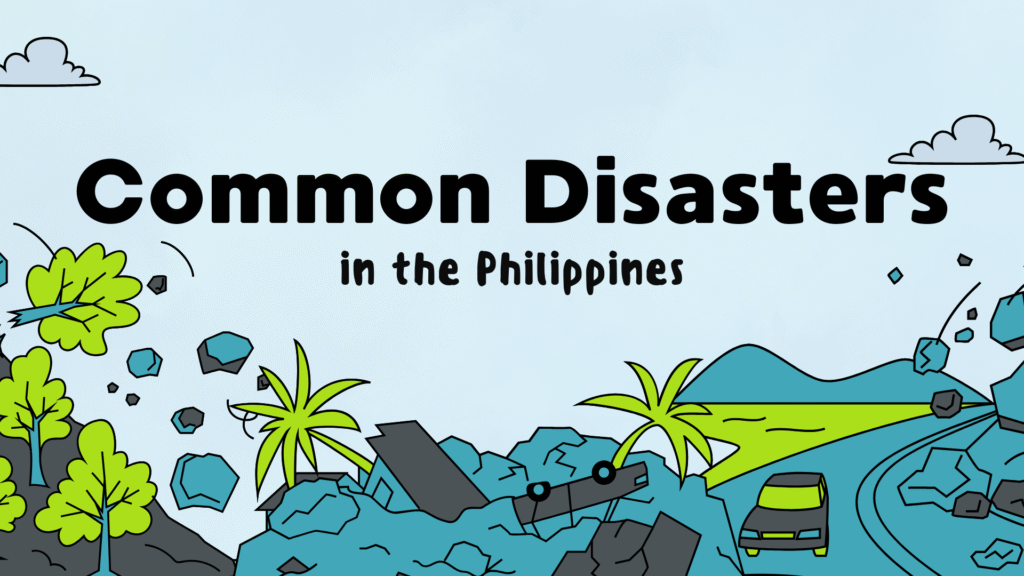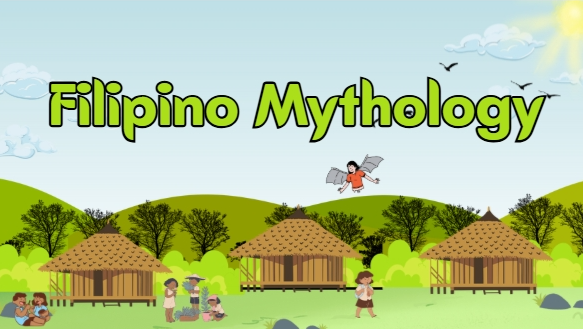
On a positive note, the circumstances that unite Filipinos.
The Philippines is prone to a wide range of natural disasters due to its geographical location in the Pacific Ring of Fire and its exposure to various climate-related hazards.
Some of the common disasters in the Philippines include:
Typhoons (Tropical Cyclones):
The Philippines experiences frequent typhoons, especially during the rainy season from June to November. These storms bring heavy rainfall, strong winds, and flooding, often leading to landslides and widespread damage.
Floods:
Flooding is a significant concern in the Philippines, particularly in low-lying and coastal areas. Heavy rainfall from typhoons, monsoons, and other weather systems can cause rivers to overflow and inundate communities.
Landslides:
The country’s mountainous terrain makes it susceptible to landslides, especially during heavy rainfall or after earthquakes. Deforestation and improper land use practices can exacerbate this risk.
Earthquakes:
The Philippines sits on the Pacific Ring of Fire, an area with a high level of tectonic activity. Earthquakes are common, and while not as frequent as other disasters, they can cause significant damage and loss of life.
Volcanic Eruptions:
The Philippines has several active volcanoes. Eruptions can lead to ashfall, lava flows, pyroclastic flows, and other hazards that affect nearby communities.
Tsunamis:
Earthquakes and volcanic eruptions can trigger tsunamis in coastal areas. The Philippines’ extensive coastline makes it vulnerable to these waves.
Droughts:
El Niño weather patterns can lead to prolonged periods of drought, affecting agricultural productivity and water availability.
Tropical Storm Surges:
The combination of strong winds and low pressure during typhoons can cause storm surges, leading to coastal inundation and damage.
Heatwaves:
The Philippines experiences hot and humid weather, and prolonged periods of extreme heat can lead to health issues, especially among vulnerable populations.
Man-made Disasters:
Human activities can also contribute to disasters. Deforestation, improper urban planning, and pollution can exacerbate the impact of natural hazards.
Climate Change Impacts:
Rising sea levels and changing weather patterns due to climate change can amplify the intensity and frequency of many of these disasters.
Given the Philippines’ susceptibility to a wide range of hazards, disaster preparedness, mitigation, and response are crucial aspects of the country’s resilience efforts. Government agencies, non-governmental organizations, and local communities work together to improve disaster readiness and reduce the impact of these events on people’s lives and livelihoods.




